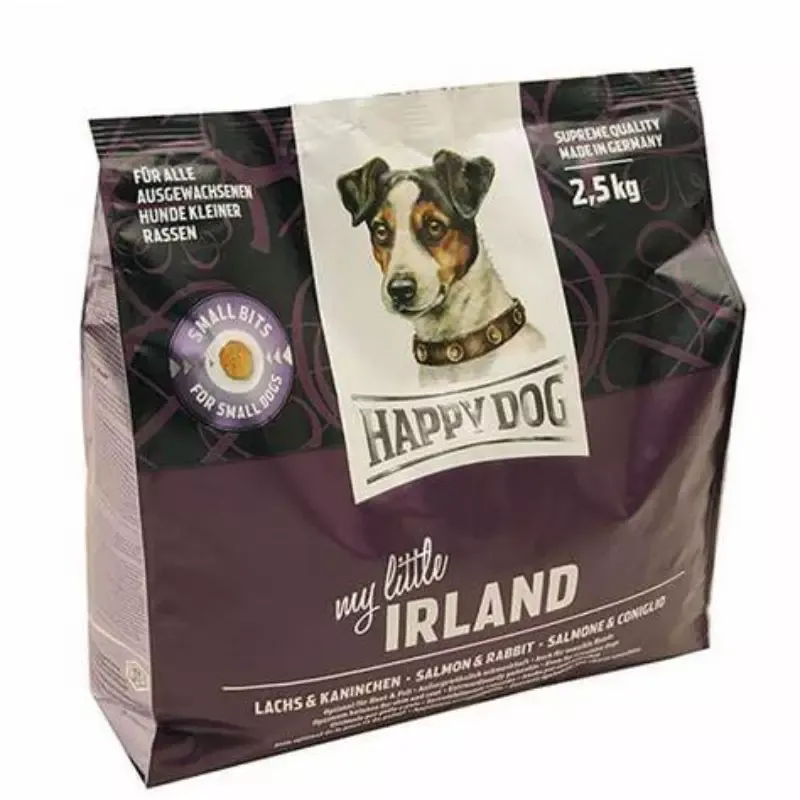Email: enid@bc-pak.com
Tel: 86-757- 88811186
- Afrikaans
- Albanian
- Amharic
- Arabic
- Armenian
- Azerbaijani
- Basque
- Belarusian
- Bengali
- Bosnian
- Bulgarian
- Catalan
- Cebuano
- chinese_simplified
- chinese_traditional
- Corsican
- Croatian
- Czech
- Danish
- Dutch
- English
- Esperanto
- Estonian
- Finnish
- French
- Frisian
- Galician
- Georgian
- German
- Greek
- Gujarati
- haitian_creole
- hausa
- hawaiian
- Hebrew
- Hindi
- Miao
- Hungarian
- Icelandic
- igbo
- Indonesian
- irish
- Italian
- Japanese
- Javanese
- Kannada
- kazakh
- Khmer
- Rwandese
- Korean
- Kurdish
- Kyrgyz
- Lao
- Latin
- Latvian
- Lithuanian
- Luxembourgish
- Macedonian
- Malgashi
- Malay
- Malayalam
- Maltese
- Maori
- Marathi
- Mongolian
- Myanmar
- Nepali
- Norwegian
- Norwegian
- Occitan
- Pashto
- Persian
- Polish
- Portuguese
- Punjabi
- Romanian
- Russian
- Samoan
- scottish-gaelic
- Serbian
- Sesotho
- Shona
- Sindhi
- Sinhala
- Slovak
- Slovenian
- Somali
- Spanish
- Sundanese
- Swahili
- Swedish
- Tagalog
- Tajik
- Tamil
- Tatar
- Telugu
- Thai
- Turkish
- Turkmen
- Ukrainian
- Urdu
- Uighur
- Uzbek
- Vietnamese
- Welsh
- Bantu
- Yiddish
- Yoruba
- Zulu
different types of packaging bags
Views :
Update time : Feb . 12, 2025 20:06
Different types of packaging bags offer unique solutions for various industries, meeting the diverse needs of businesses and consumers. The evolution of packaging has resulted in numerous options that emphasize not just functionality but also sustainability, practicality, and aesthetics. In this comprehensive exploration, we delve into the world of packaging bags, providing insights drawn from real-world experiences, industry expertise, and trusted practices.
The emergence of flexible packaging bags like gusseted and pillow bags has revolutionized convenience for both manufacturers and consumers. Gusseted bags, with their expanded sides, accommodate more content without increasing the width, thus optimizing shelf space. Pillow bags, on the other hand, are renowned for their lightweight nature and cost-effectiveness. Predominantly used in single-serve snacks and small food portions, these bags offer efficient and economical solutions for bulk packaging. In medical and pharmaceutical sectors, sterilizable bags ensure critical hygiene standards. These bags are designed with high-barrier films capable of withstanding heat and providing a sterile environment. They play a crucial role in maintaining product integrity from production through to consumption, often coming with tamper-evident features for added security. Mailing or courier bags also highlight diversity in packaging solutions. Designed for durability and tamper-resistance, these bags protect contents during transit, regardless of the handling conditions. Poly mailers are particularly popular due to their lightweight, waterproof, and tear-resistant characteristics, which reduce shipping costs while ensuring delivery integrity. The integration of advanced materials and technology into packaging design reveals an industry attentive to both market demands and environmental stewardship. Holographic and metallized bags, for example, cater to niche markets that demand eye-catching packaging capable of distinguishing products on crowded shelves. These bags, often seen in cosmetics and high-end consumer goods, benefit from enhanced visual appeal without compromising on protective attributes. In summary, the landscape of packaging bags is a testament to the dynamic interplay of innovation, sustainability, and consumer-driven adaptability. The choices available today address complex demands across industries, balancing practicality with aesthetic appeal, while pushing the boundaries of what packaging can achieve in terms of functionality and environmental responsibility. This comprehensive understanding of different types of packaging bags empowers businesses to make informed decisions that align with their operational objectives and environmental values, fostering a future where packaging contributes positively to both commerce and the planet.


The emergence of flexible packaging bags like gusseted and pillow bags has revolutionized convenience for both manufacturers and consumers. Gusseted bags, with their expanded sides, accommodate more content without increasing the width, thus optimizing shelf space. Pillow bags, on the other hand, are renowned for their lightweight nature and cost-effectiveness. Predominantly used in single-serve snacks and small food portions, these bags offer efficient and economical solutions for bulk packaging. In medical and pharmaceutical sectors, sterilizable bags ensure critical hygiene standards. These bags are designed with high-barrier films capable of withstanding heat and providing a sterile environment. They play a crucial role in maintaining product integrity from production through to consumption, often coming with tamper-evident features for added security. Mailing or courier bags also highlight diversity in packaging solutions. Designed for durability and tamper-resistance, these bags protect contents during transit, regardless of the handling conditions. Poly mailers are particularly popular due to their lightweight, waterproof, and tear-resistant characteristics, which reduce shipping costs while ensuring delivery integrity. The integration of advanced materials and technology into packaging design reveals an industry attentive to both market demands and environmental stewardship. Holographic and metallized bags, for example, cater to niche markets that demand eye-catching packaging capable of distinguishing products on crowded shelves. These bags, often seen in cosmetics and high-end consumer goods, benefit from enhanced visual appeal without compromising on protective attributes. In summary, the landscape of packaging bags is a testament to the dynamic interplay of innovation, sustainability, and consumer-driven adaptability. The choices available today address complex demands across industries, balancing practicality with aesthetic appeal, while pushing the boundaries of what packaging can achieve in terms of functionality and environmental responsibility. This comprehensive understanding of different types of packaging bags empowers businesses to make informed decisions that align with their operational objectives and environmental values, fostering a future where packaging contributes positively to both commerce and the planet.
Recommend products
Read More >>
Related News
Read More >>













